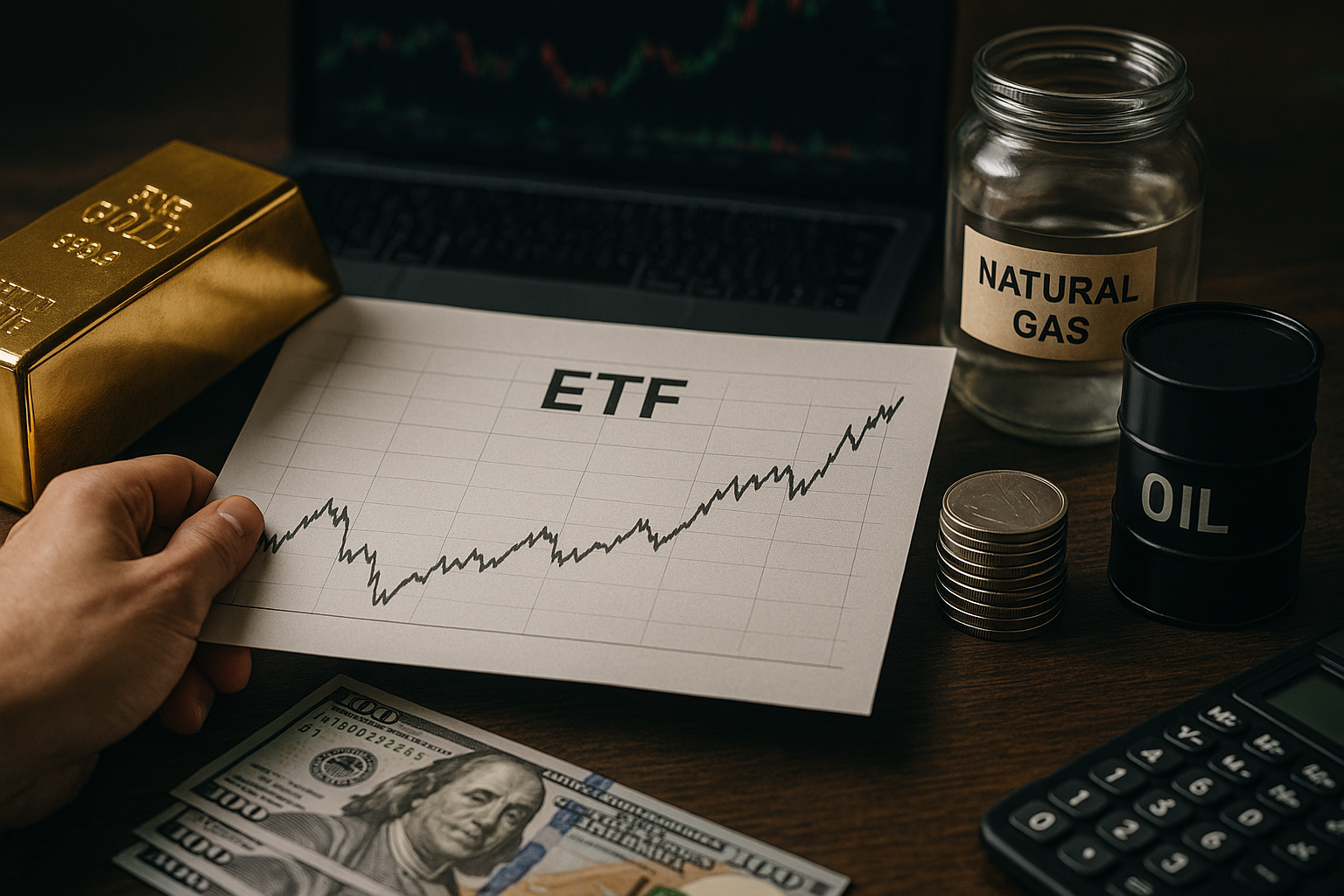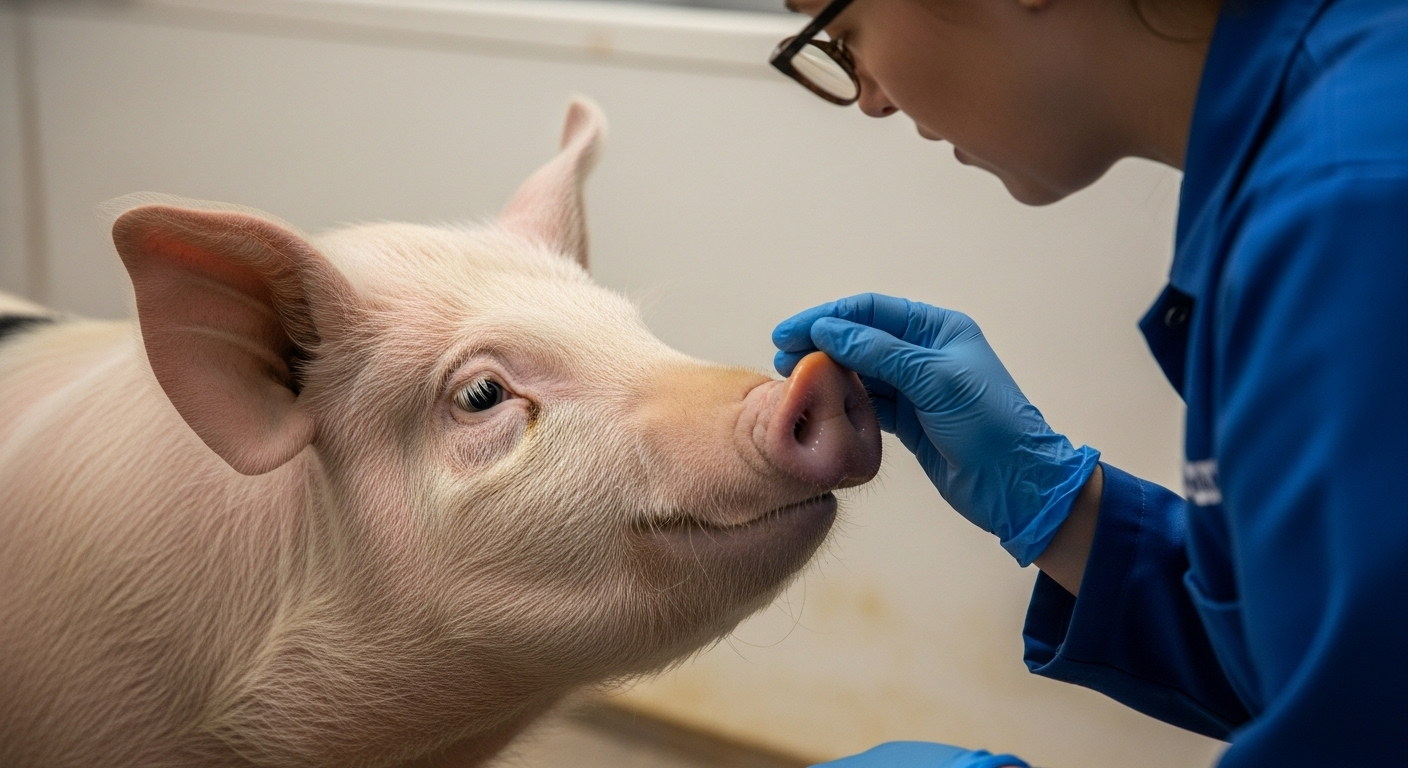"Demystifying the Concept of Commodity ETFs: A Comprehensive Guide"
Introduction: Commodity Exchange-Traded Funds (ETFs) have become a popular investment option for many people looking to diversify their portfolios. But with a myriad of terms and investment strategies to navigate, it can be challenging to understand their mechanics. This article will delve into the world of Commodity ETFs, providing a comprehensive guide to help you make informed investment decisions.

A Look at the History and Growth of Commodity ETFs
Exchange-Traded Funds, or ETFs, have been part of the investment landscape since the early 1990s, but it wasn’t until 2004 that the first Commodity ETF was introduced. The first of its kind was launched by Deutsche Bank, and it tracked the price of gold. Other financial institutions soon followed suit, introducing ETFs that tracked other commodities like oil, silver, and natural gas.
Today, Commodity ETFs represent a significant portion of the ETF market, with hundreds of funds available tracking a broad range of commodities. They have become popular among investors for their simplicity, liquidity, and the diversification they offer.
Understanding Commodity ETFs: How They Work
Commodity ETFs are a type of investment fund that gives investors exposure to commodities, which are raw materials or primary agricultural products. They can be divided into several types, depending on the commodities they track. Some funds track a single commodity, while others track a commodity index, which includes a basket of different commodities.
Unlike investing directly in a physical commodity, investing in a Commodity ETF does not require you to store or manage the commodity. Instead, the ETF does this for you. It either invests directly in the commodity, uses futures contracts, or invests in companies involved in the production or management of the commodity.
The Pros and Cons of Investing in Commodity ETFs
Like any investment, Commodity ETFs come with their own set of benefits and risks. On the upside, they offer diversification, as they enable you to invest in a different asset class beyond stocks and bonds. They also offer exposure to global markets, as commodities are often traded internationally.
However, they also have unique risks. Commodity prices can be volatile, driven by factors such as supply and demand, geopolitical events, and natural disasters. Additionally, some Commodity ETFs use complex investment strategies, like futures contracts, which can amplify losses.
Practical Applications of Commodity ETFs in an Investment Portfolio
Commodity ETFs can serve various roles in an investor’s portfolio. They can be used for diversification, as they often have a low correlation with other asset classes. They can also serve as a hedge against inflation, as commodity prices often rise when the cost of living increases.
Practical Insights into Commodity ETFs
-
When selecting a Commodity ETF, consider factors such as its performance history, expense ratio, and the commodities or commodity indices it tracks.
-
It’s crucial to understand the investment strategy of the ETF. Some use futures contracts, which can lead to contango—a situation where future prices are higher than spot prices, leading to potential losses.
-
Always diversify your investments. While Commodity ETFs can play a crucial role in your portfolio, they should not form the entirety of your investments.
In conclusion, Commodity ETFs represent an intriguing investment opportunity. They provide exposure to commodities without the need for physical storage, offering a level of diversification that can be beneficial for many investors. However, like all investments, they come with risks. A deep understanding of these risks, combined with careful selection and portfolio diversification, can help you make the most out of your investment in Commodity ETFs.




